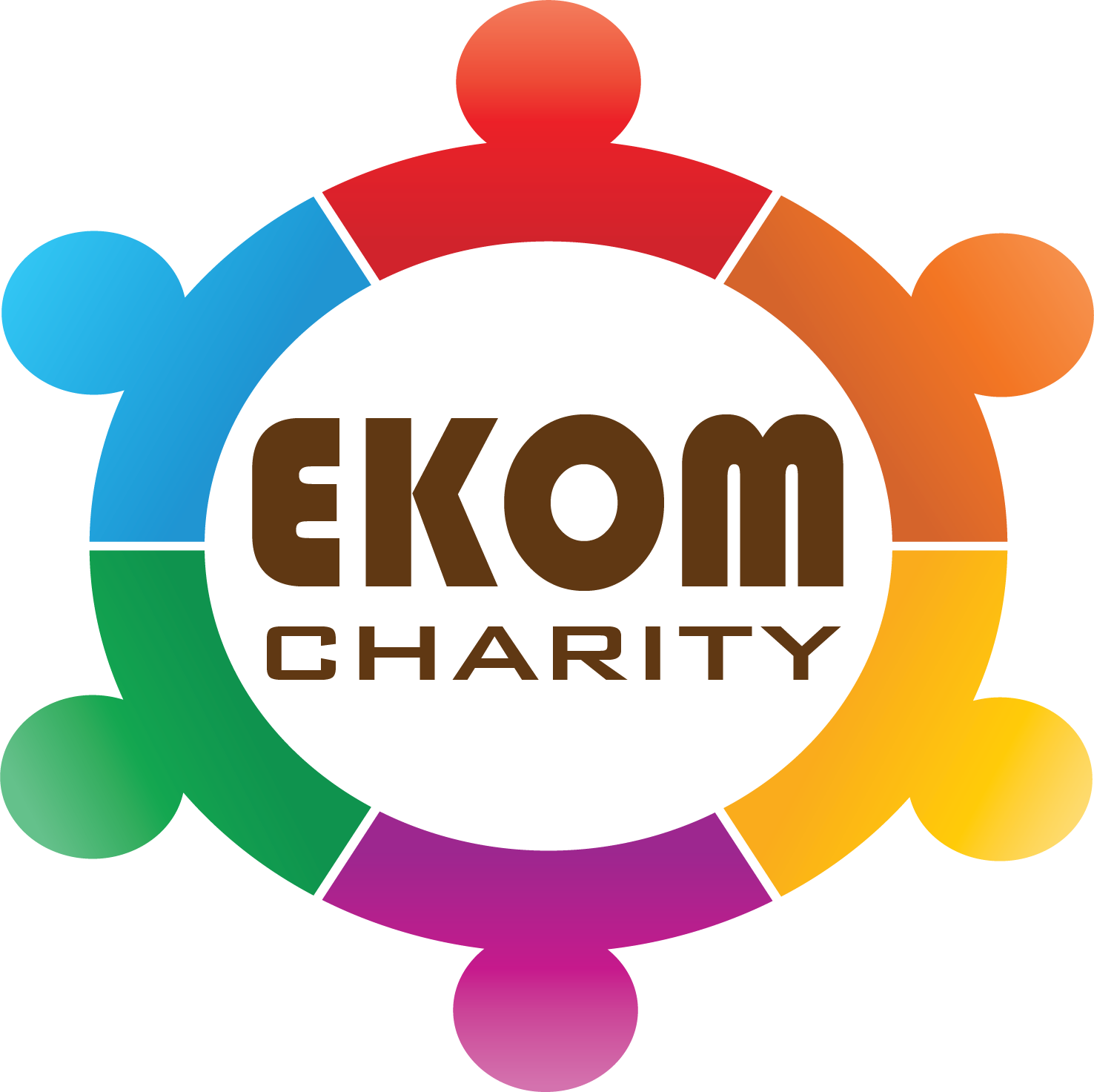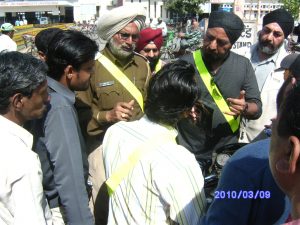PROJECT 2010

Project 2: Eye Camp, Prosthetic limb replacement camp and road safety awareness campaign, Feb/March 2010, location Jalandhar, India.
Our second project (Part A) was to set up an eye camp for three days between the 23rd and the 25th February 2010. Approximately 700 people were assessed for eye related problems, out of which 100 cataract operations performed. Other patients were either given spectacles and general medical health scans, which included blood tests, check for diabetes, blood pressure, etc. Most of the people examined were mainly from poor backgrounds and unable to afford a treatment of many sort. Age groups included between 30 and 70yrs of age.
Our second project (Part B) was artificial limb replacement camp. About 100 people attended, which ran for approximately 5 days. Everyone was interviewed to establish the cause of accident. Approximately 80% of those assessed had been involved in road accidents with motor vehicles, resulting in loss of a limb. We funded 65 prosthetic limb replacements, which included some below and others above the knee. Free crutches and wheelchairs were supplied to those that could not be fitted with limbs. Unfortunately some could be not fitted with limbs due to illnesses such as polio- resulting in a phantom limb(s). See photo gallery for snap shots of the camp.
Our second (Part C) project was a road safety campaign. In order to raise road safety awareness, we distributed about 5000 high visibility bands with a road safety leaflet. The leaflet was produced in three different languages. These were given to school children with some education on basic road safety skills. Some were distributed to local rickshaw operators, motorcycle/cycle riders, etc to encourage them to think about safety when traversing the road environment. (see photographs for illustrations ). We worked with the local police and visited many schools in cities and rural areas. Most age groups were targeted.
India has a growing economy and consequentially this has lead to an increase in the use of motorised vehicles. The infrastructure in most areas is not built to sustain such growth coupled with the lack of any real traffic management and road safety, this has created an imbalance leading to an alarming increase in congestion and rise in air pollution. In India alone, over 110,000 people die in road accidents every year and over 350,000 recorded injuries (this figure is probably much higher). Unlike the developed countries such as the U.K , India does not provide a state welfare system and thus the degree of devastation caused for families losing their dear ones is immense. It can be seen that lack of segregation in most parts of India, resulting in a large variety of road users, such as; light and heavy vehicles, cycles, buses, tractors, bull drawn carts, scooters, pedestrians etc sharing the same road space. This represents a high degree of risk for all road users, especially pedestrians.
These problems are further exacerbated due to lack of education and enforcement of traffic laws. Our road safety awareness campaign attracted media attention, which to some extent helped publicise our cause- that India had a serious road safety problem and measures need to be put into place to help reverse the trend. One of our team members is a specialist in Road Safety and Traffic Management and held meetings with officials responsible for these issues, which were mainly the Police. Some of the recommendations put forward were
- Need to provide sufficient street lighting
- Clearance of debris on highway
- Reparation of potholes
- Introduction of low speed zones in pedestrian areas
- Establishing suitable pedestrian crossings
- Removing advertising material on the highway and providing suitable traffic signs- giving regulatory and advisory information
- Making it compulsory for vehicles (including cyclists, rickshaws, bull drawn carts, etc) to have working front and rear lights, which were clearly visible during hours of darkness
- Education of road users about how to use the road environment more safely etc
In conclusion, we left India withe the impression that there didn’t seem to be any serious commitment to road safety or traffic management at national or local level and coupled with the fact that very little expertise existed in these areas of specialism, the outcome was that most people were doing pretty much what they felt like. The police were chiefly responsible for the design, implementation and operation of most the traffic schemes, and including road safety. Compared with the west where transport engineers have to go through structured education and training, this is doesn’t seem to be the case in India. There are no obvious career routes for transporation engineers. Transport is one of the major sources of greenhouse gas emissions and it is important to ensure proper measures are put in place to deal with this at national and local level. India needs to build the infrastructure to promote sustaibality through walking and cycling.
On a positive note though- the date before our departure to the U.K , we were visited by one of the police road safety officer. He informed us that the local police would be implementing strict enforcement of the following rules starting from the 20th March 2010-
- Everyone will be required to wear seat belts on their commute
- Use of mobile phones will be banned whilst driving
- Two wheeled riders will be required to wear helmets
- No more than 5 children will be allowed in autorickshaw their way to/from schools
Knowing this, we felt a sense of achievement. At least our small efforts paid off in raising the profile of road safety, even though it might have been on a small scale. We will continue to work on other road safety/traffic management projects and would welcome working in partnership with organisation with similar aspirations.
Please note that most of the funding towards these projects comes from our four team members, which is over 70%, with additional funding raised through musical events, charity walks, etc.


Acknowledgement
Special thanks to Olympus KeyMed for their kind generosity in supplying and shipping roles of high visibility band material to India. We had about 5000 bands made locally in two different sizes- for adults and children. A leaflet was produced in three different languages giving a road safety message to young children on how to be streetwise. Special thanks are also due to Jalandhar Police, Delhi Police, Ludhiana Rural Police- road safety unit for their cooperation. See photographs in the photo gallery.












